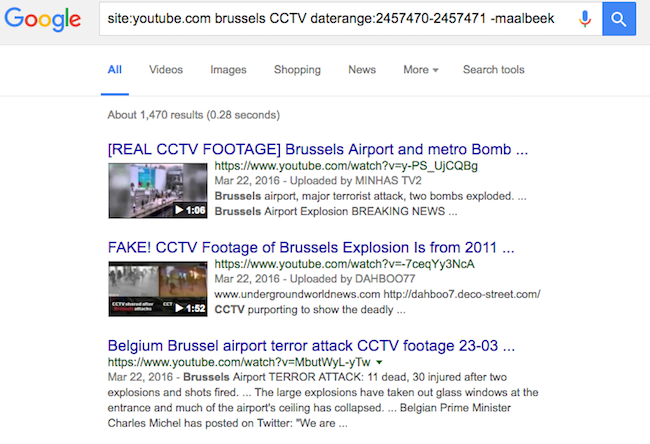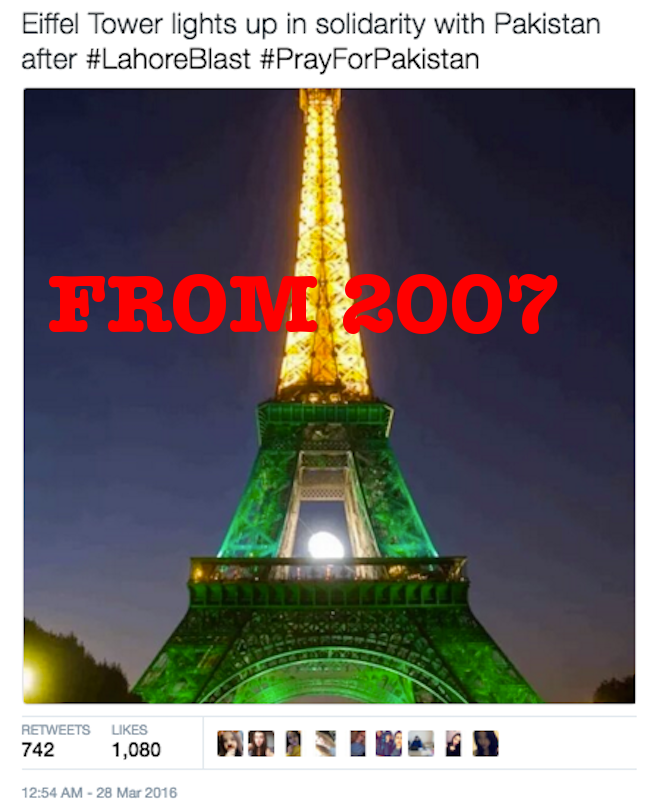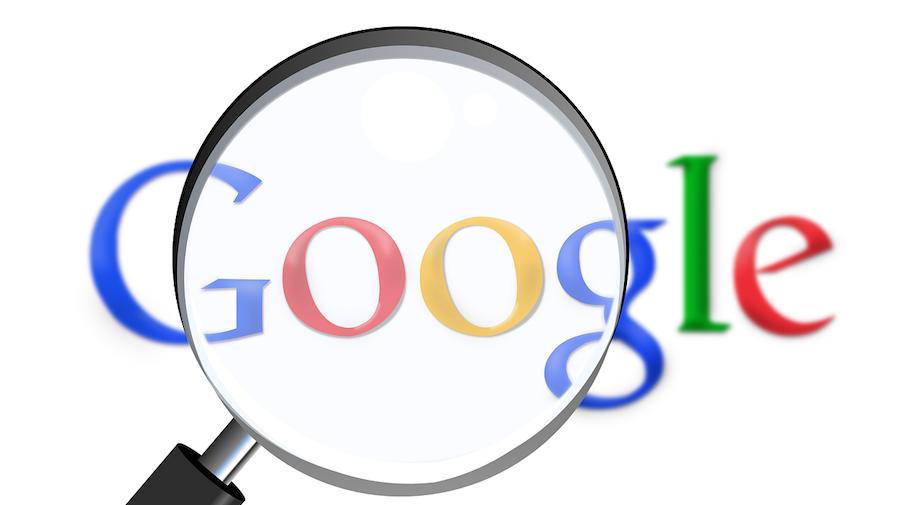Getting to know the tips, techniques and technology now available to journalists can make a big difference in speeding up the job.
Speaking at the 10th International Journalism Festival in Perugia, Google media trainer Elisabetta Tola shared her tips for newsgathering and verification using Google tools.
Advanced search
“The problem we have when we are doing search today is that the amount of information is so huge,” Tola said. “If we’re looking for something specific it might come up on page 14, 15 or 316 [of search results].”
But using and combining search operators can help refine searches to drill down to specific results that are more relevant and useful.
Sometimes searches can be scuppered by a particularly common word that isn’t relevant to what you might be looking for. Excluding terms by putting a minus symbol before it will remove any pages which include that word from the results.
When looking for background on a particular story or topic, the site search function is useful, Tola said, by limiting searches for terms to a specific website, and this can be refined further by searching in a specific date range.
For example, if searching for CCTV footage uploaded to YouTube after the recent bombing at the Brussels Zaventem airport, the following search could be useful:
site:youtube.com brussels zaventem airport CCTV-maalbeek daterange:2457470-2457471
There we have the site search (YouTube); the key words (brussels zaventem airport CCTV); excluding a common word (Maalbeek, where a second bombing happened on the same day); and the date range.
Google uses the Julian calendar system when you enter the date range search manually, so it may be easier to select the date range option from the drop down menu. Here’s a handy date converter for the Julian calendar just in case.

Screenshot of results looking for CCTV footage around the Brussels attacks
It’s worth exploring the list of search operators and combinations to get the most out of Google search, added Tola.
Google’s advanced search page can make it easier to combine the different search operators for beginners, but Tola recommended learning them off by heart for breaking news situations.
“If you know the operators when you are trying find information quickly it will be much more effective,” she said.
Verification
Just because someone posted a video claiming it to be CCTV footage from Brussels does not mean it definitely is. In the early hours of the attacks, black-and-white videos began circulating on social media claiming to picture the moment bombs were detonated at Zaventem airport and Maalbeek metro station, but were in fact from Moscow and Minsk in 2011. The first result in our search above includes one of these old videos.
“Verification is highly important,” Tola said “as we are doing so much work online and taking content from online.”
Videos can still be difficult to verify, often requiring a combination of techniques, but the first step in verification should be in understanding if you are looking at the original.
When it comes to photographs, conducting a reverse image search can often find older versions of a picture very quickly.

Many shared the above image on social media as evidence of Parisian solidarity with the victims of a bombing Lahore, Pakistan, but the photograph is from the Rugby World Cup in 2007
Going to images.google.com gives the option to upload a picture or input an image’s URL. From there, Google tries to find a match for the image with every image in Google’s database. Google Chrome users can right-click an image and select “Search Google for image” from the drop down menu to do the same but, for a more comprehensive search, First Draft recommends the Chrome browser plug-in RevEye.
Once installed, RevEye will let you search not just Google’s image database, but also the databases of TinEye, Yandex, Baidu and Bing with just a right click, casting a wider net in the search for original images.
Combining reverse image search with some of Google’s advanced search operators can become useful for verifying videos. Taking a screenshot of a video, then searching for it with a site search of YouTube, for example, could turn up other examples of the video to cross reference.
Amnesty International have built a tool to make this even easier with YouTube Data Viewer, which will show a video’s exact upload date and time, and provide a number of sample screenshots with an option to search Google for that image.
It is important to remember, however, that verification is rarely a simple, one-step process. Tools are useful in providing clues but it is up to the journalist to double check any claim or piece of content with other sources, just as they would with any other scoop. Check out the First Draft Visual Verification Guide and all the other reads and resources on newsgathering and verification throughout the website.
First Draft is hosting a number of sessions and events throughout this years International Journalism Festival. Find more details on our events page.



